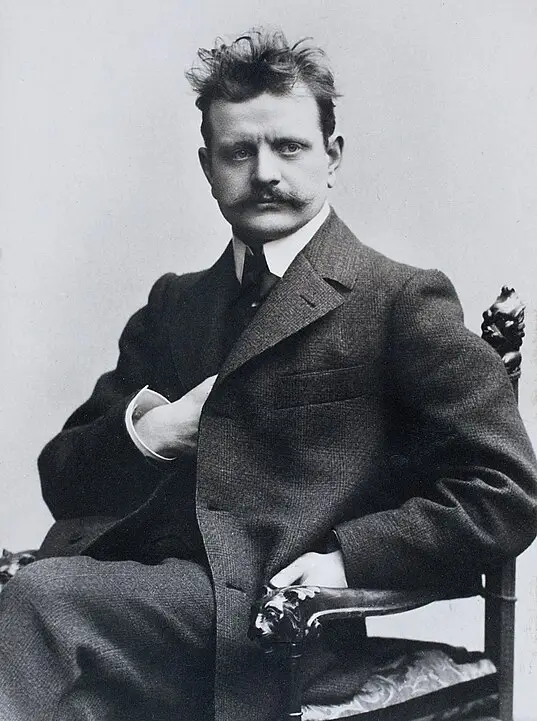Introduction
Dmitri Dmitriyevich Shostakovich stands as one of the most significant composers of the 20th century, embodying the complexities of life under Soviet rule through his music. His works, characterized by their deep emotionality and intellectual depth, reflect the turbulent era in which he lived. Shostakovich’s music, often infused with elements of irony and ambiguity, has captivated audiences and scholars alike, offering a window into the soul of a man who navigated the oppressive regime under which he composed.
Early Life
Born on September 25, 1906, in Saint Petersburg, Russia, Dmitri Shostakovich was the second of three children in a family steeped in musical tradition. His mother, Sofia Vasilievna Kokoulina, was an excellent pianist and provided the first musical influences on young Dmitri. His father, Dmitri Boleslavovich Shostakovich, was a chemical engineer, but he also had a keen interest in music. This blend of scientific and artistic interests in his family background would later reflect in Shostakovich’s approach to composition—meticulously structured yet profoundly expressive.
Musical Training and Development
Shostakovich’s prodigious talent became evident early on. By the age of nine, he was already studying piano intensively, and at thirteen, he entered the Petrograd Conservatory. There, he studied piano under Leonid Nikolayev and composition under Alexander Glazunov, a prominent Russian composer of the time. Shostakovich’s first major success came with his First Symphony, which he completed as his graduation piece at the age of nineteen. This work was soon recognized internationally, marking the beginning of his career as a major composer.
Major Works and Compositions
Throughout his career, Shostakovich wrote an impressive array of works, including 15 symphonies, numerous chamber works, concertos, operas, and film scores. His Symphony No. 5, composed in 1937, is particularly famous, often seen as his response to the official criticism he had received earlier from the Soviet government. This symphony was a turning point, helping to secure his reputation both within and outside the Soviet Union. His later symphonies, particularly the Tenth and the Eleventh, also garnered significant attention for their intricate interplay of thematic material and historical references.
Connections to Other Composers
Shostakovich was deeply influenced by earlier composers such as Mahler and Stravinsky, whose works he studied and admired throughout his life. He also had a complex relationship with his contemporaries, including Sergei Prokofiev, with whom he shared a mutual respect despite their stylistic differences. Shostakovich’s ability to adapt and incorporate various musical languages into his compositions—ranging from the avant-garde to the traditional—demonstrates his broad musical intellect and versatility.
Character and Philosophy
Shostakovich was known for his reserved character, often appearing shy and introspective. However, his music reveals a different side of his personality, one filled with passion, sarcasm, and profound philosophical depth. He once said, “A creative artist works on his next composition because he was not satisfied with his previous one.” This perpetual self-criticism and reflection shaped his philosophical outlook on art and life, driving him to explore the human condition through his music relentlessly.
Life in Leningrad
Shostakovich spent most of his life in Leningrad (now Saint Petersburg), a city known for its rich cultural heritage. The environment of Leningrad, with its historic architecture and vibrant artistic scene, deeply influenced Shostakovich’s compositions. However, the city also bore witness to some of the darkest periods of his life, including the Siege of Leningrad during World War II. These experiences are reflected in his somber and intense Seventh Symphony, known as the “Leningrad.”
Death and Legacy
Dmitri Shostakovich died on August 9, 1975, leaving behind a legacy that has only grown in stature. His music continues to be performed widely, and his life and works have been the subject of numerous scholarly studies. Shostakovich’s ability to convey the complexity of human emotions, coupled with his masterful command of orchestral forces, ensures that his music remains relevant and deeply moving.
Shostakovich’s journey through the storms of political upheaval and his personal battles with the authorities who sought to control his artistic output reveal a man of extraordinary resilience and genius. His music—captivating, complex, and profoundly human—stands as a testament to the enduring power of artistic expression even in the face of overwhelming adversity.









